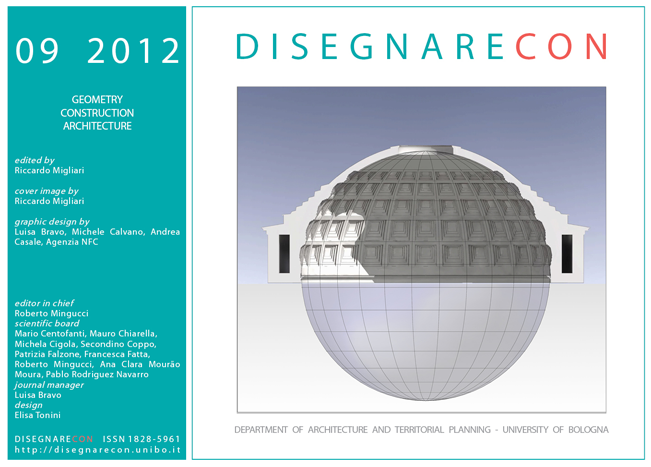Traditional and digital representation as languages to analyse and design architecture
DOI:
https://doi.org/10.6092/issn.1828-5961/3149Keywords:
architectural representation as language, architectural surveyAbstract
If we think to the relationship, or rather to the state of necessity, which unites the architectonic figuration with the survey and the project, we can easily explain the interests that have characterized the evolution of methods and geometric rules for representing: the architectonic forms and the frameworks that we know come up as a consequence of the operative necessities of representation and geometric rules, in the sense that those forms and frameworks properly belong to the universe of their possibilities.
The computer language can have the same role that the traditional representation has had in the past, namely it can help the generation of architectonic forms, becoming an active factor both for the creation of new dispositions for the projects both for the definition of new research methodologies, or of methodologies, canonical for the digital representation.
Downloads
Published
How to Cite
Issue
Section
License
Copyright (c) 2012 Aldo De Sanctis





